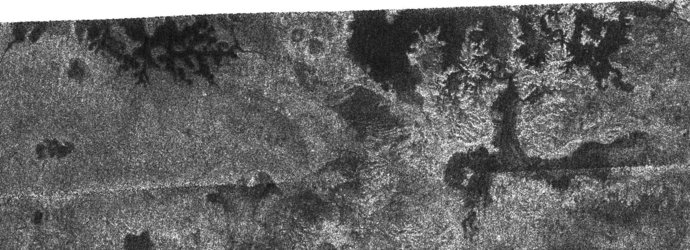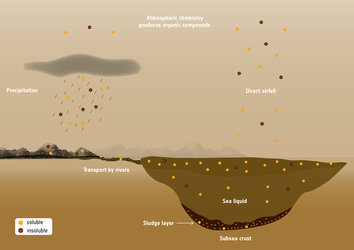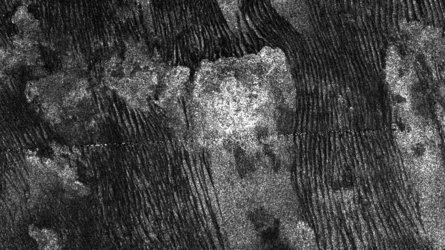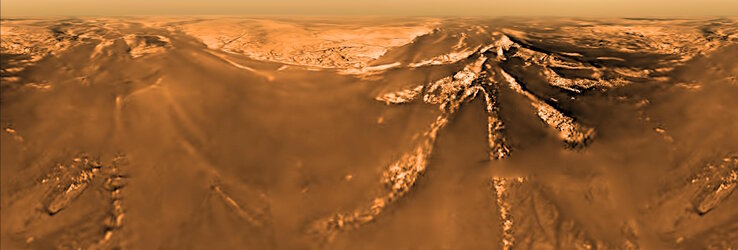Accept all cookies Accept only essential cookies See our Cookie Notice

About ESA
The European Space Agency (ESA) is Europe’s gateway to space. Its mission is to shape the development of Europe’s space capability and ensure that investment in space continues to deliver benefits to the citizens of Europe and the world.
Highlights
ESA - United space in Europe
This is ESA ESA facts Member States & Cooperating States Funding Director General Top management For Member State Delegations European vision European Space Policy ESA & EU Responsibility & Sustainability Annual Report Calendar of meetings Corporate newsEstablishments & sites
ESA Headquarters ESA ESTEC ESA ESOC ESA ESRIN ESA EAC ESA ESAC Europe's Spaceport ESA ESEC ESA ECSAT Brussels Office Washington OfficeWorking with ESA
Business with ESA ESA Commercialisation Gateway Law at ESA Careers Cyber resilience at ESA IT at ESA Newsroom Partnerships Merchandising Licence Education Open Space Innovation Platform Integrity and Reporting Administrative Tribunal Health and SafetyMore about ESA
History ESA Historical Archives Exhibitions Publications Art & Culture ESA Merchandise Kids Diversity ESA Brand Centre ESA ChampionsLatest
Space in Member States
Find out more about space activities in our 23 Member States, and understand how ESA works together with their national agencies, institutions and organisations.
Science & Exploration
Exploring our Solar System and unlocking the secrets of the Universe
Go to topicAstronauts
Missions
Juice Euclid Webb Solar Orbiter BepiColombo Gaia ExoMars Cheops Exoplanet missions More missionsActivities
International Space Station Orion service module Gateway Concordia Caves & Pangaea BenefitsLatest
Space Safety
Protecting life and infrastructure on Earth and in orbit
Go to topicAsteroids
Asteroids and Planetary Defence Asteroid danger explained Flyeye telescope: asteroid detection Hera mission: asteroid deflection Near-Earth Object Coordination CentreSpace junk
About space debris Space debris by the numbers Space Environment Report In space refuelling, refurbishing and removingSafety from space
Clean Space ecodesign Zero Debris Technologies Space for Earth Supporting Sustainable DevelopmentLatest
Applications
Using space to benefit citizens and meet future challenges on Earth
Go to topicObserving the Earth
Observing the Earth Future EO Copernicus Meteorology Space for our climate Satellite missionsCommercialisation
ESA Commercialisation Gateway Open Space Innovation Platform Business Incubation ESA Space SolutionsLatest
Enabling & Support
Making space accessible and developing the technologies for the future
Go to topicBuilding missions
Space Engineering and Technology Test centre Laboratories Concurrent Design Facility Preparing for the future Shaping the Future Discovery and Preparation Advanced Concepts TeamSpace transportation
Space Transportation Ariane Vega Space Rider Future space transportation Boost! Europe's Spaceport Launches from Europe's Spaceport from 2012
Methane-flooded canyons on Titan
Thank you for liking
You have already liked this page, you can only like it once!
The aptly named Titan, Saturn’s largest moon, is remarkably Earth-like. Its diameter is only about 40% that of our planet, but Titan’s nitrogen-rich, dense atmosphere and the geological activity at the moon’s surface make comparisons between the two bodies inevitable.
This image, taken with the radar on the Cassini spacecraft, shows just how similar the features in Titan’s surface are to Earth’s landforms.
Aside from Earth, Titan is the only other body where we have found evidence of active erosion on a large scale. There are seas, lakes and rivers filled with liquid hydrocarbons – mainly methane and some ethane – that etch the moon’s surface, in much the same way water erodes Earth’s.
A striking example is Vid Flumina, the Nile-like, branching river system visible on the upper-left quadrant of the image. The river, in the moon’s north polar region, flows into Ligeia Mare, a methane-rich sea that appears as a dark patch on the right side of the image.
Researchers in Italy and the US analysed Cassini radar observations from May 2013 and recently revealed that the narrow channels that branch off Vid Flumina are deep, steep-sided canyons filled with flowing hydrocarbons.
The channels are a little less than a kilometre wide, up to 570 m deep and with slopes steeper than 40º. This suggests they have been sculpted by liquid methane, flowing into the main Vid Flumina river, that has persistently eroded the canyon walls – a geological process reminiscent of the carving of river gorges on our planet.
The study is the first direct evidence of deeply entrenched, methane-flooded channels on Titan. Finding out how they formed provides insights into the moon’s origin and evolution and could help understand similar geological processes on Earth.
The Cassini–Huygens radar team is hoping to observe the Ligeia Mare and Vid Flumina region again in April 2017, during Cassini’s final approach to Titan. The mission is a cooperation between NASA, ESA and Italy’s ASI space agency.
-
CREDIT
NASA/JPL-Caltech/ASI -
LICENCE
ESA Standard Licence

Lakes and more lakes

Organic compounds in Titan’s seas and lakes

Cassini captures familiar forms on Titan’s dunes

Descent to Titan















 Germany
Germany
 Austria
Austria
 Belgium
Belgium
 Denmark
Denmark
 Spain
Spain
 Estonia
Estonia
 Finland
Finland
 France
France
 Greece
Greece
 Hungary
Hungary
 Ireland
Ireland
 Italy
Italy
 Luxembourg
Luxembourg
 Norway
Norway
 The Netherlands
The Netherlands
 Poland
Poland
 Portugal
Portugal
 Czechia
Czechia
 Romania
Romania
 United Kingdom
United Kingdom
 Slovenia
Slovenia
 Sweden
Sweden
 Switzerland
Switzerland
























